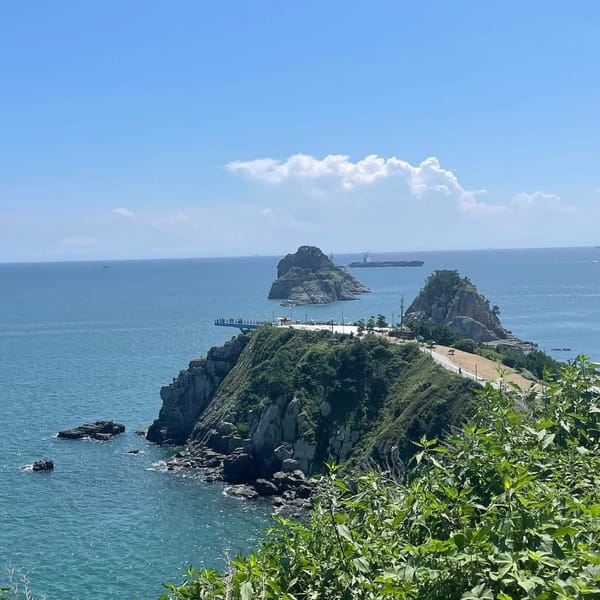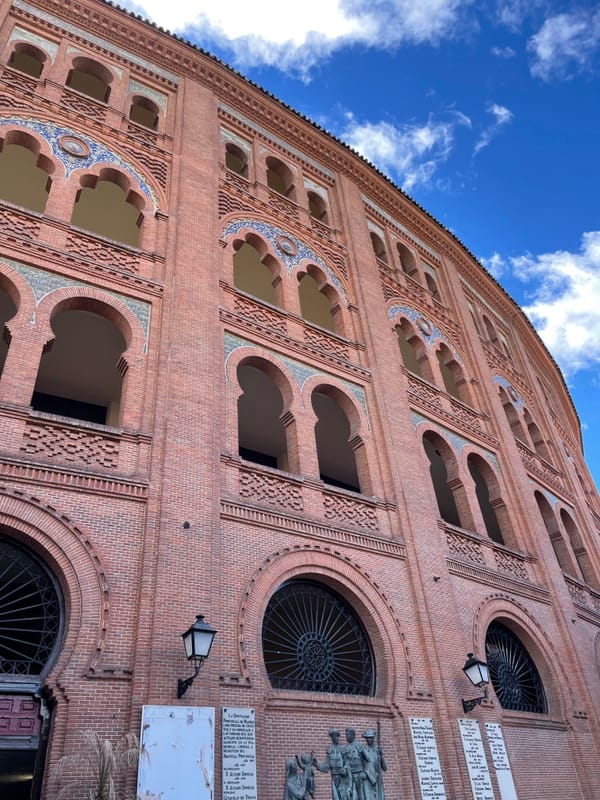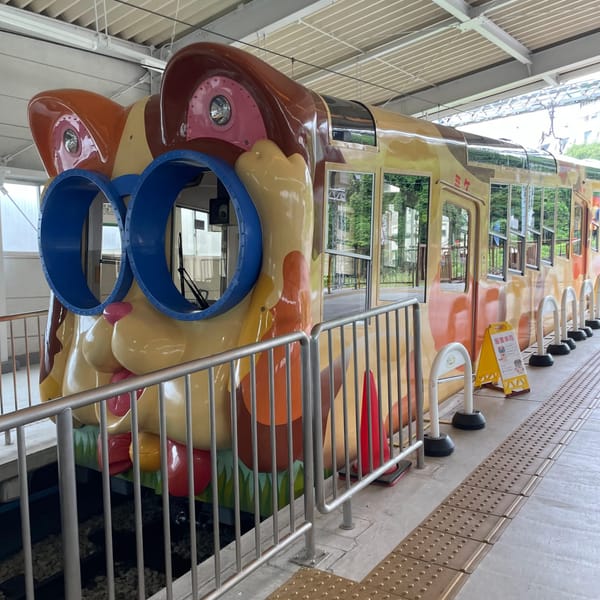Civil Engineering & Travel: Okinawa Japan
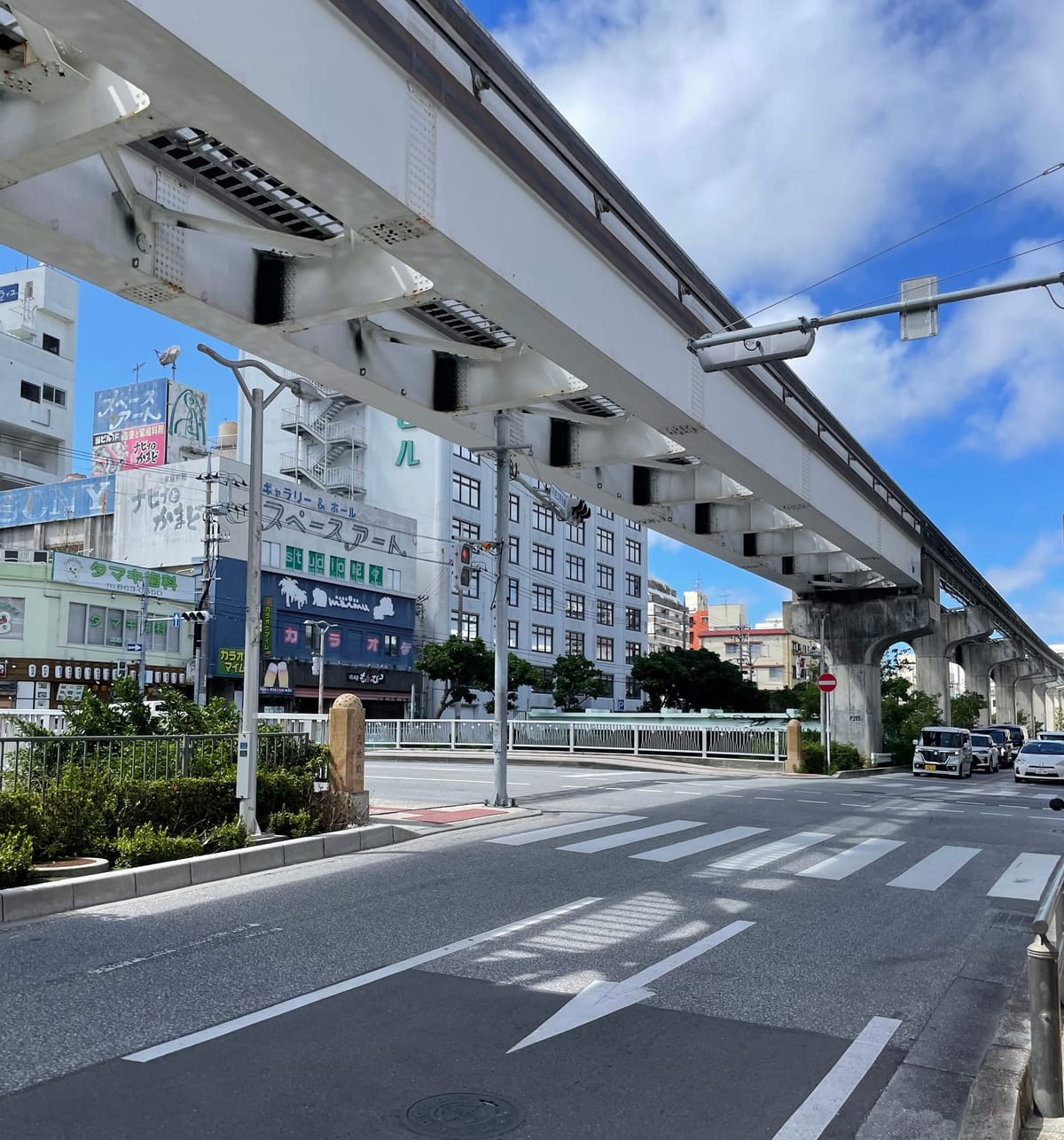
While I might jest about civil engineering and travel being the sole reasons I wake up each morning, the truth is, I'm genuinely passionate about exploring how different countries approach infrastructure. Observing the variations in road designs, traffic systems, transit methodologies, and, naturally, the culinary delights offers a unique lens into diverse cultures and engineering methods.
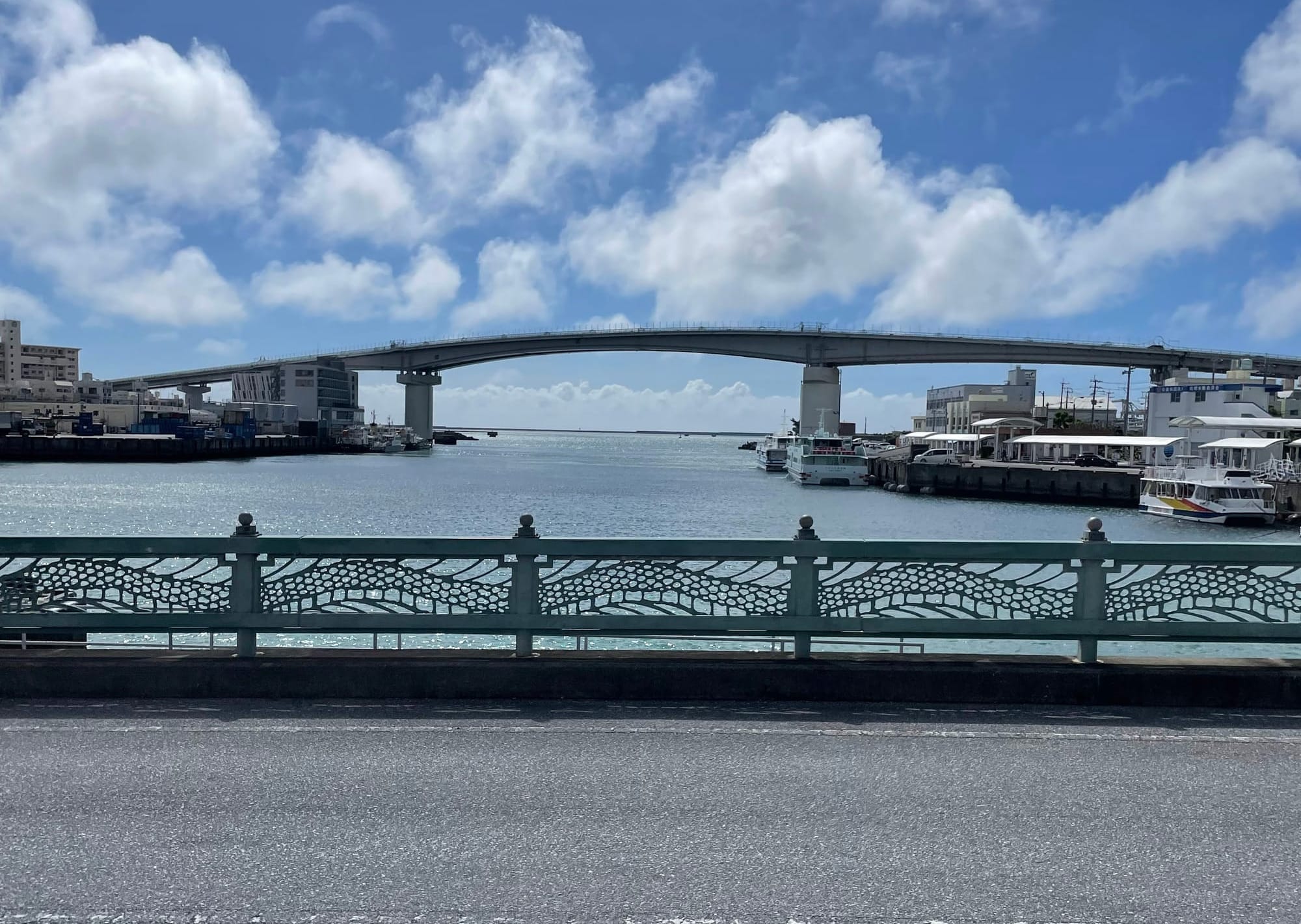
As a civil engineer, I believe it's essential to understand the diverse methods used in building construction and to appreciate that there's often more than one solution to a design challenge. I've long wanted to start a blog highlighting interesting engineering feats I've come across in my travels. For this introductory post, I've included photos from my recent trip to Okinawa, Japan, during the summer of 2024.
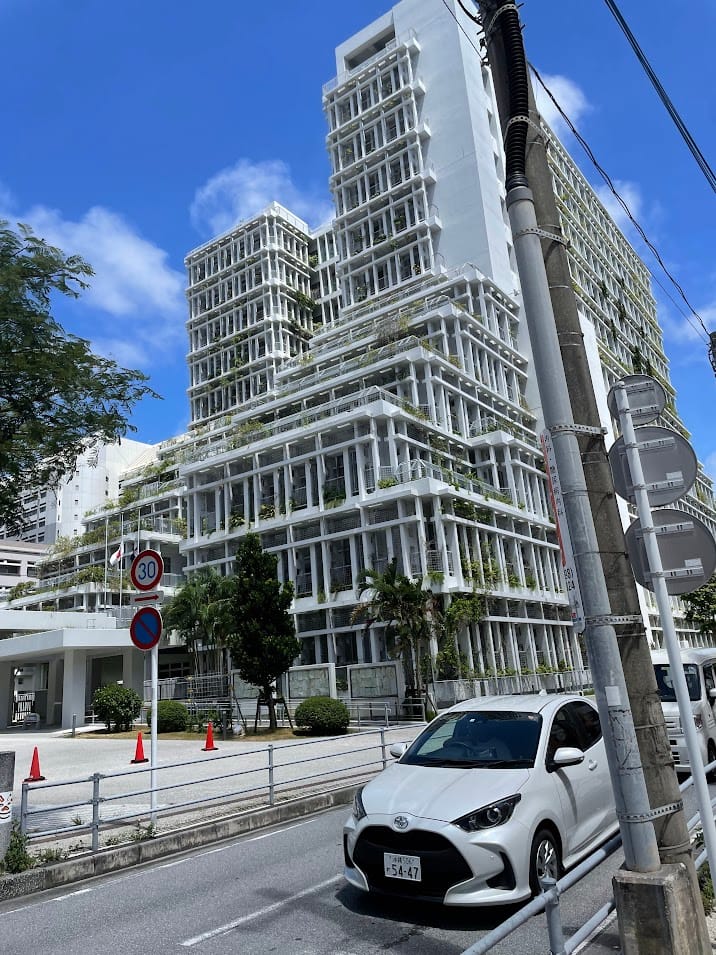
Most visitors to Okinawa will arrive through Naha International Airport. Since my flight landed early, I had some time to explore central Naha before checking in. As I walked around, I noticed how the building architecture reflected the island’s humid, tropical climate—there’s a clear emphasis on blending with the natural environment, with local flora often incorporated into the design. Unlike the extensive metro systems in cities like Tokyo or Osaka, Naha’s public transit is much simpler. The city operates a single-line, two-way monorail that runs from Naha International Airport to Tedako-Uranishi Station. The Okinawa Urban Monorail, also known as Yui Rail, operated daily from 6:00 AM to 11:00 PM. Trains run frequently, typically every 5-10 minutes during the day. The only downside of the Yui Rail was that it only covered the southern portion of the island. However bus system was very frequent and was a great way for me to visit the Okinawa Churaumi Aquarium during my stay. The Churaumi Aquarium was a civil engineer's dream as most of the building was constructed with precast concrete especially designed to withstand the intense winds of monsoon season during Mid-May to Late June.
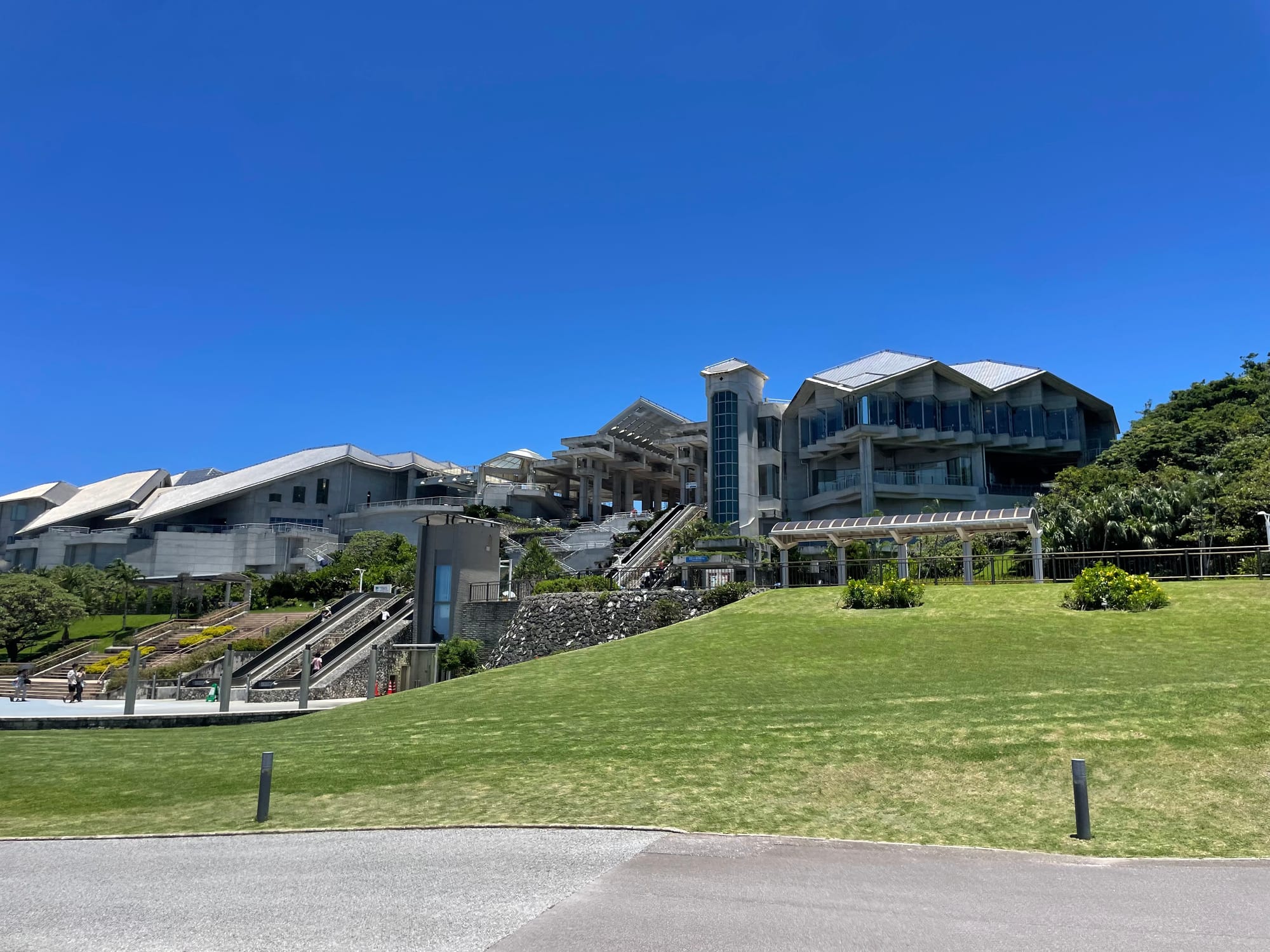
While staying in Naha, the city offered a unique blend of urban life and tropical scenery, taking a ferry to the nearby islands was a highlight of the trip. Zamami and Tokashiki Islands are among the most accessible from the city, with express ferries running multiple times a day. Although the ferry websites weren’t particularly English-friendly, the staff at the customer service desk were very helpful in assisting with ticket arrangements. Ferry tickets typically cost between $25–35 USD, depending on the season. If you ever find yourself in Okinawa, I highly recommend taking a day trip to Tokashiki Island—it’s well worth the visit!
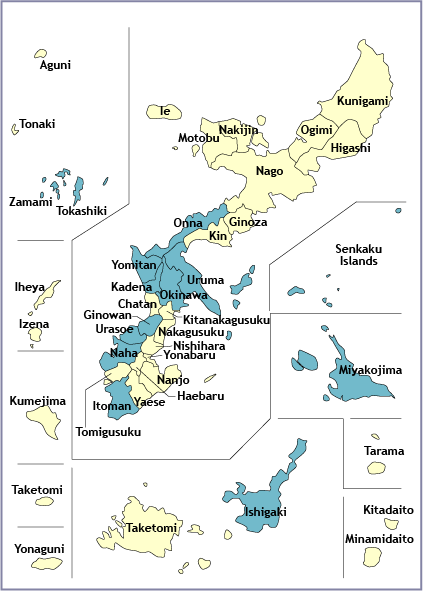
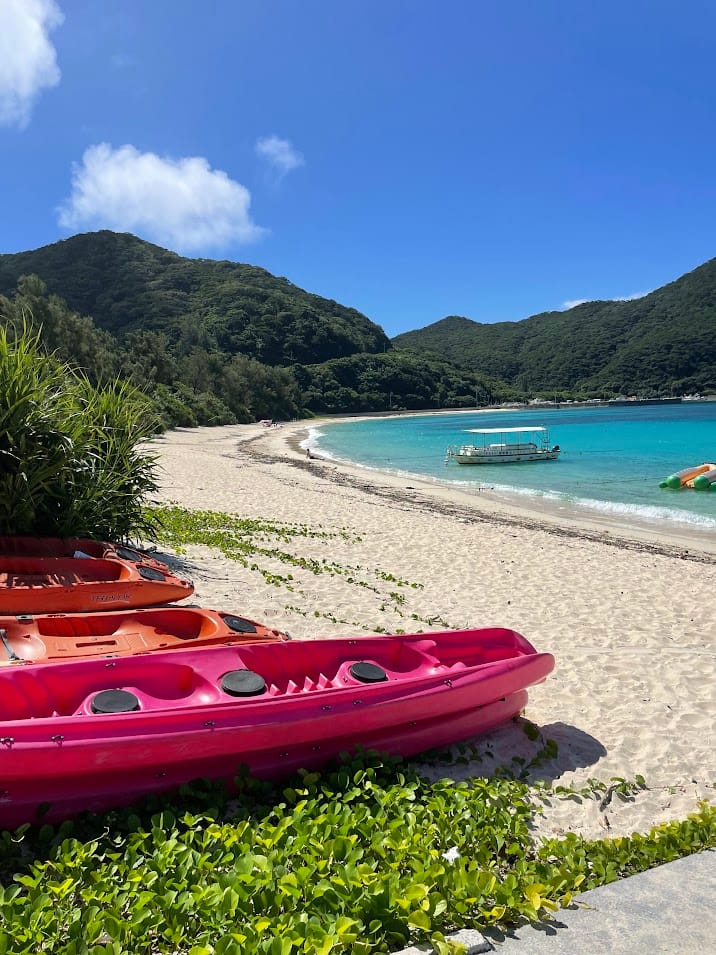
One of the most important things during my stay was staying hydrated. Okinawa's climate can be quite humid, with temperatures typically ranging from 28°C (82°F) to 32°C (90°F). I kept cool by regularly sipping on Pocari Sweat—a refreshing and popular electrolyte drink that quickly became my go-to throughout the trip.
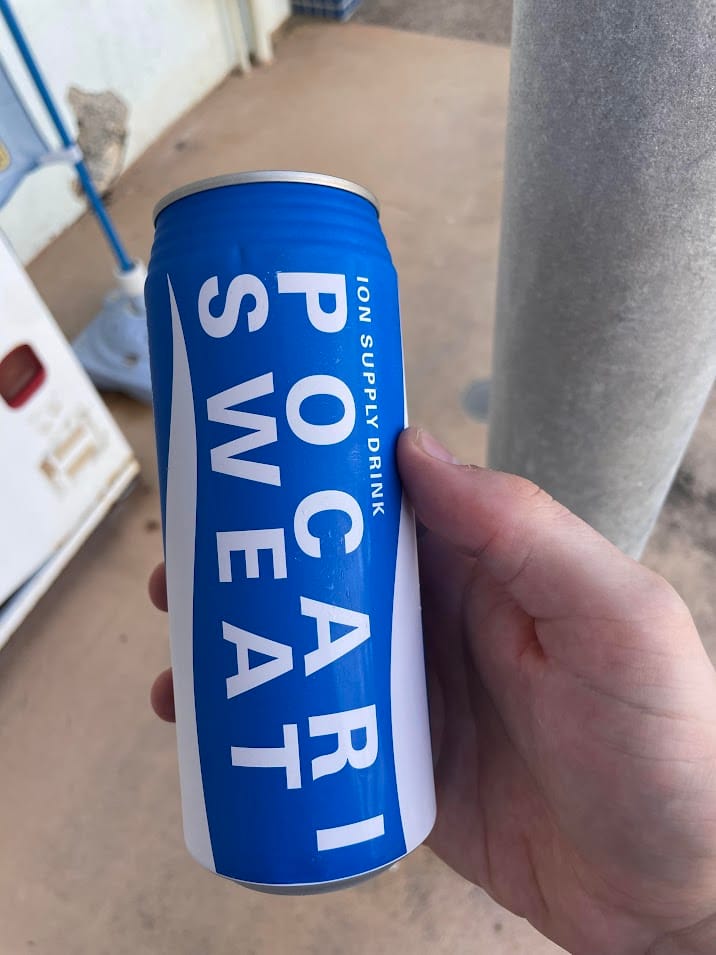
Visiting Okinawa was a unique experience—the island life felt noticeably more relaxed compared to mainland Japan. I highly recommend adding it to your itinerary if you want to experience a different side of the country, offering a slower pace than bustling cities like Tokyo or Osaka.


